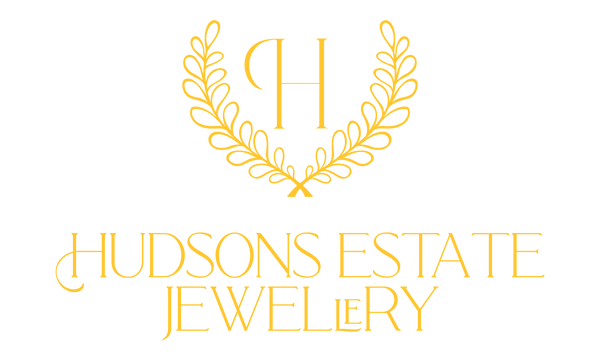Following the death of Queen Victoria, the jewellery of the Edwardian era marked a dramatic shift from the heavy, sombre styles of the past. It was a brief but beautiful moment in history, and the jewellery is a reflection of a return to grace, elegance, and a new sense of lighthearted optimism. For those who appreciate delicate craftsmanship, Edwardian jewellery is the epitome of refined taste.
Historical Influences
The Edwardian era, though brief, was a time of great social change and scientific discovery. King Edward VII's reign was a celebration of opulence and high society. The discovery of platinum's properties, particularly its strength, malleability, and white lustre, revolutionised jewellery making. It allowed settings to be virtually invisible, enabling diamonds to take center stage.
This era's jewellery was also heavily influenced by the French Belle Époque, a period of cultural and artistic flourishing in Paris, which championed a similar sense of style and elegance. The jewellery of this time was perfectly suited to the era’s fashion, particularly the high-collared necklines of the day, which called for long, graceful pendant necklaces.
Key Characteristics
Edwardian jewellery is best known for its delicate, "white-on-white" look, a stark contrast to the colourful and often heavy pieces of the Victorian era. This aesthetic was made possible by the introduction of platinum, which was more durable and stronger than gold. Its strength allowed jewellers to create intricate, airy designs with minimal metal, giving pieces a lacy, almost fabric-like appearance.
Pieces often feature filigree and milgrain edging, which create a sense of lightness and elegance. Diamonds, often in the new Old European Cut, were the primary stone, typically accented with pearls, sapphires, and rubies. The colour palette was generally reserved for a more subtle contrast against the sparkle of the diamonds.
Motifs were inspired by the refined and formal gardens of the time, with elaborate bows, garlands, laurel wreaths, and ribbon-like designs being incredibly popular. The "garland style" became a defining feature of the era, characterised by delicate, festoon-like arrangements of flowers and leaves that draped elegantly around the neck or wrist.
What to look for
When seeking an Edwardian piece, the craftsmanship is your primary guide. The signature look comes from the intricate platinum filigree and milgrain, a technique that creates tiny beaded edges. Use a jeweller's loupe to inspect the details; a genuine piece will show the remarkable precision of the hand-crafted work. The diamonds of this era are typically the Old European Cut, which possess a unique warm fire and charm.
It's crucial to check the condition of the delicate wirework, as it can be prone to damage due to its fineness. While platinum is incredibly strong, it can also be brittle, so look for any hairline cracks. An authentic Edwardian piece will have a sense of elegance and balance that speaks to the high standards of the time. Look for evidence of the "white-on-white" aesthetic, where diamonds and pearls are set in platinum or silver.
Experience the timeless elegance of the Edwardian era. Explore our collection of intricate platinum and diamond jewellery at Hudsons Estate Jewellery.
